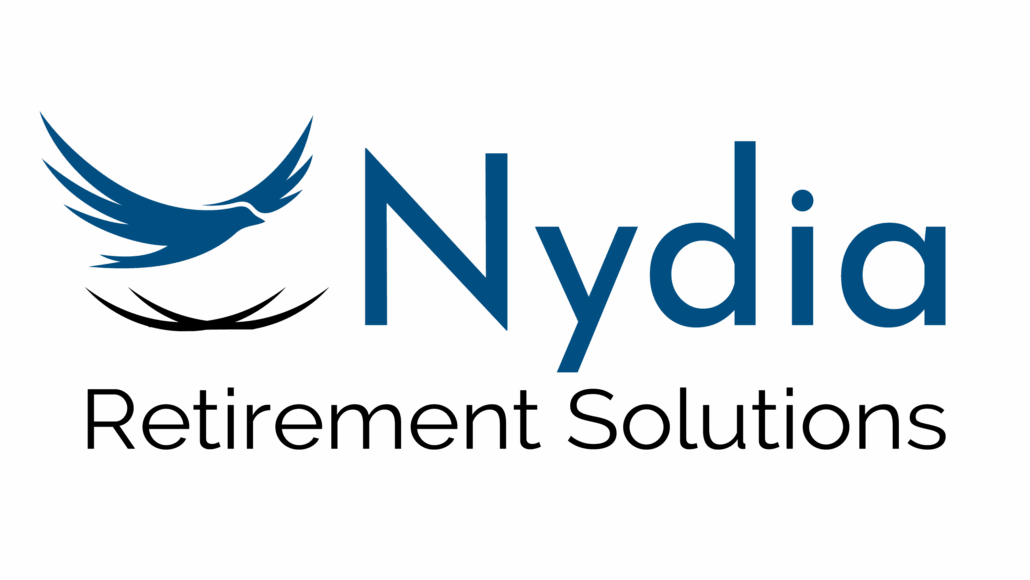What is a Safe Harbor 401k Plan
What Is a Safe Harbor 401(k) Plan?
A Safe Harbor 401(k) plan offers a straightforward way for businesses to help employees save for retirement while simplifying compliance for employers. Unlike traditional 401(k) plans, Safe Harbor plans require specific employer contributions, which can make it easier to meet IRS rules and avoid complex annual testing. For many small businesses, this option can provide valuable tax benefits and help attract and retain top talent
What Companies Should Consider Sponsoring a 401(k) Plan?
Deciding whether to sponsor a 401(k) plan is a big step for any business, but it can offer significant benefits for both employers and employees. Companies of all sizes can consider offering a 401(k), but Safe Harbor 401(k) plans are especially appealing for small to mid-sized businesses that want to simplify compliance and provide meaningful retirement benefits.
If your company employs 100 or fewer people who earn at least $5,000 annually, a Safe Harbor 401(k) might be a great fit. These plans require employer contributions that usually vest immediately, which helps you avoid complex annual nondiscrimination testing that traditional 401(k)s demand. This makes administration easier and reduces the risk of costly compliance issues.
Are There IRS Rules and Requirements That 401(k) Plans Must Meet?
The IRS sets rules to ensure 401(k) plans treat all employees fairly. One key requirement is that employers must check each year that highly compensated employees (HCEs) are not getting special treatment compared to other employees.
This involves tests that compare how much highly compensated employees and other staff contribute to the plan. If the plan favors HCEs too much, it may limit their contributions or require changes. Safe Harbor 401(k) plans are designed to meet these rules automatically, making it easier for employers to stay compliant.
How Can a Safe Harbor 401(k) Plan Manage the IRS Testing Requirements?
Safe Harbor 401(k) plans solve the potential testing-imposed cutback result while at the same time providing a meaningful retirement contribution for employees. Safe Harbor 401(k) plans provide an automatic pass to the IRS testing requirement for employee deferrals and thus allow HCEs who wish to maximize their elections, to do so without any further analysis needed. There are two types of Safe Harbor 401(k) Plans:
1. Safe Harbor Match 401(k)
The employer must match the employee’s deferral at a rate that is no less than 100% of the first 3% of compensation deferred, plus 50% of the next 2% of compensation deferred. This is the basic formula prescribed by IRS statute. Employers can choose to offer a more generous match, as long as it is never less than the required match at each level of deferral.
2. Safe Harbor Non-elective 401(k)
The employer must make a contribution of at least 3% of each eligible employee’s compensation. In some cases, a 4% contribution may be required depending on when the plan is amended for Safe Harbor status. The employer’s contribution requirement is not dependent on whether the employee chooses to defer.
Safe Harbor contributions are usually 100% vested immediately and are not subject to a vesting schedule. Once an employee has satisfied the eligibility requirements, they will receive the employer’s Safe Harbor contribution, no matter how many hours they worked or whether they are still employed on the last day of the plan year.
Deadlines for Adopting a Safe Harbor 401(k) Plan
On an annual basis, the employer must adopt a Safe Harbor Match 401(k) formula 30 days prior to the beginning of a plan year.
For Safe Harbor Non-elective 401(k) plans, employers can use a “wait and see approach.” If the Safe Harbor Non-elective formula is adopted by 30 days before year-end, the employer is required to make a 3% non-elective contribution.
With the SECURE Act 1.0, employers also have the option to adopt a Safe Harbor Non-elective 401(k) formula after this deadline, up until the end of the following plan year. If this delayed approach is used, the employer’s Safe Harbor contribution obligation increases to 4% of compensation for each eligible employee.
Need Help Choosing the Best Safe Harbor 401(k) Plan For Your Company?
Selecting between a Safe Harbor Match and a Safe Harbor Non-elective contribution depends on your company’s specific goals. If your priority is to reward employees who actively participate by making their own salary deferrals, the Safe Harbor Match may be the best fit. If you want to maximize employer contributions, layer on additional features like profit-sharing or a cash balance plan, or if you need more flexibility in plan design, the Safe Harbor Non-elective option may offer greater advantages. Timing can also influence which plan type is right for your business.
Are you in need of a properly formulated Safe Harbor 401(k) retirement plan? The experts at MGKS have over 30 years of 401(k) retirement planning experience. If you’re ready to explore the best Safe Harbor 401(k) solution for your company, schedule a consultation with our experts today. We’ll help you find the right fit for your goals and guide you through every step of the process.


